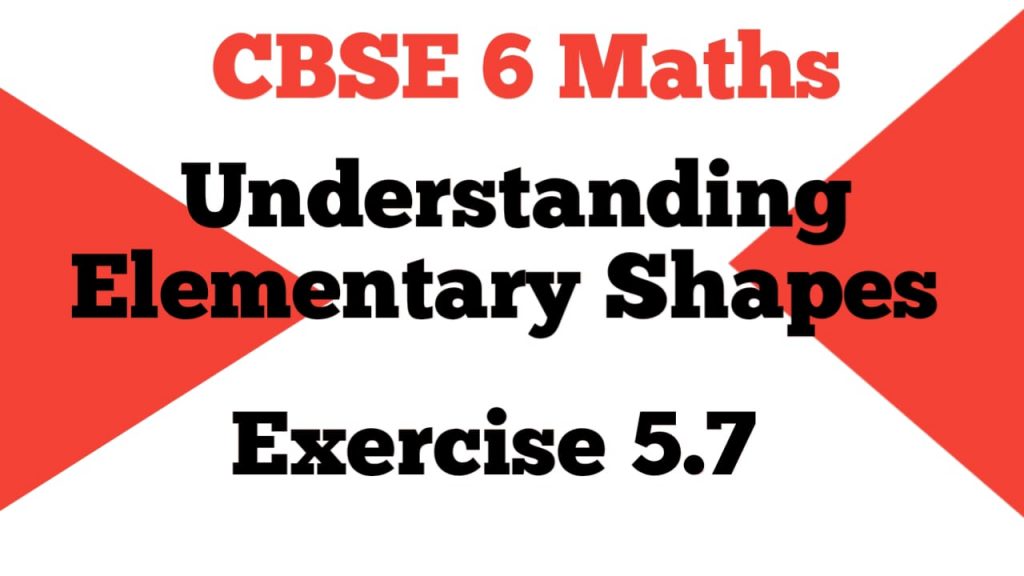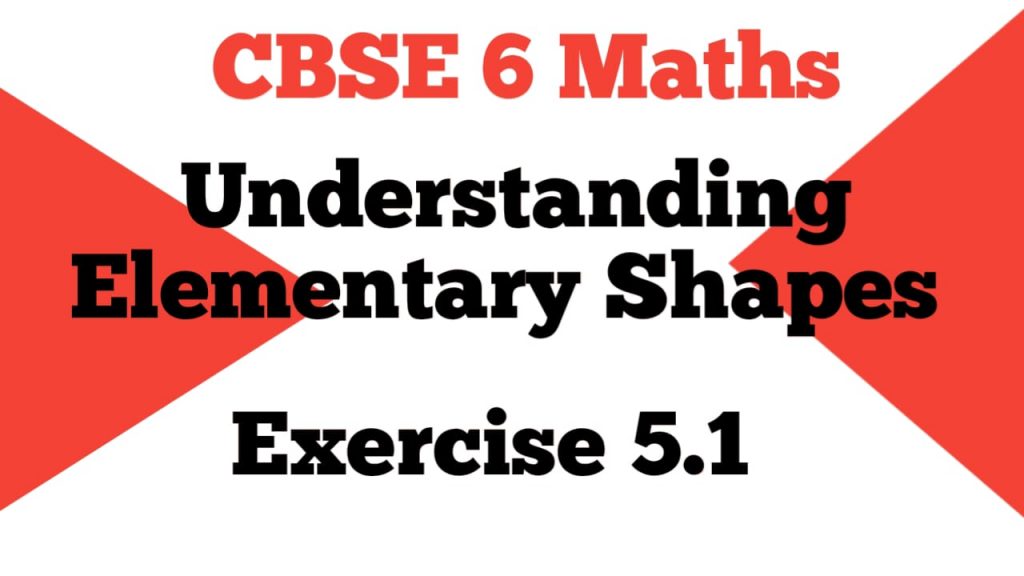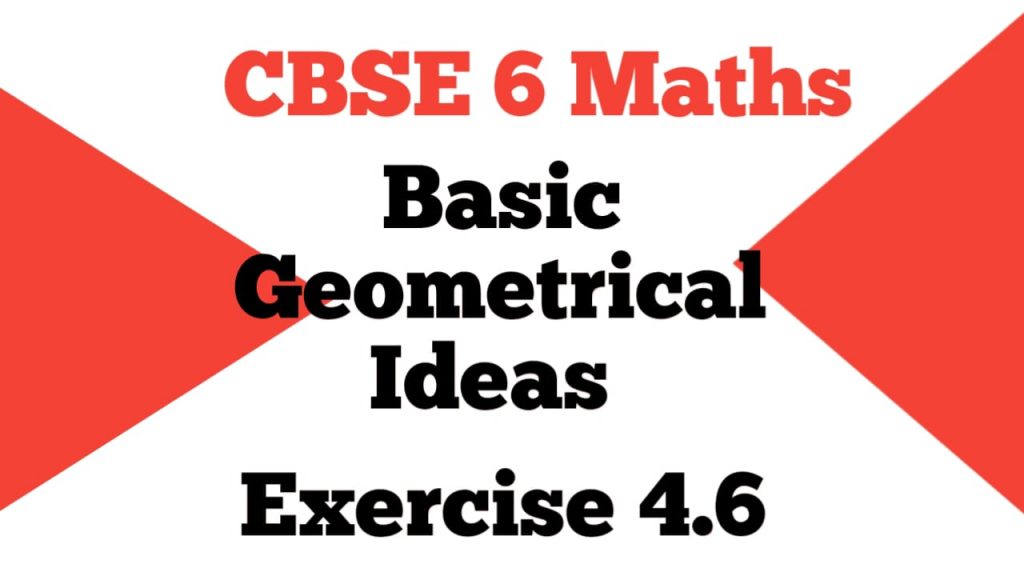NCERT Solutions Class 6 Maths Chapter 8 Decimals Exercise 8.2
Decimals Exercise 8.2 1). Express as rupees using decimals. (a) 5 paise (b) 75 paise (c) 20 paise (d) 50 rupees 90 paise (e) 725 paise Answer: (a) 5 paise 1 Rupee = 100 paise 1 paise = 1/100 Rupee 5 paise = 5/100 = Rs 0.05 …
NCERT Solutions Class 6 Maths Chapter 8 Decimals Exercise 8.2 Read More »
![]()





